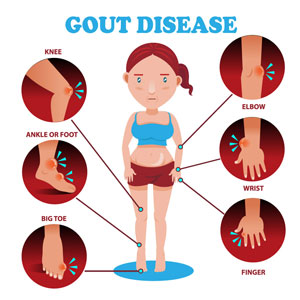What is Sciatica Pain and its Treatment?

Sciatica is a type of pain that affects the sciatic nerve, which is the largest nerve in the body. It originates in the lower back and runs down through the buttocks and into each leg. Sciatica pain can range from a mild ache to a sharp, burning sensation and can be accompanied by numbness, tingling, or weakness in the affected leg. What is Sciatica Pain and its Treatment? The most common cause of sciatica is a herniated disc, which is a condition where the soft inner material of a spinal disc pushes through a tear in the outer layer and presses against the sciatic nerve. Other causes of sciatica can include spinal stenosis (narrowing of the spinal canal), degenerative disc disease, spinal tumors, and spinal infections. Treatment for sciatica depends on the underlying cause of the pain, but some common methods include: Pain medication: Over-the-counter pain relievers such as ibuprofen, naproxen, or acetaminophen can help to relieve the pain and reduce inflammation. Physical the...





